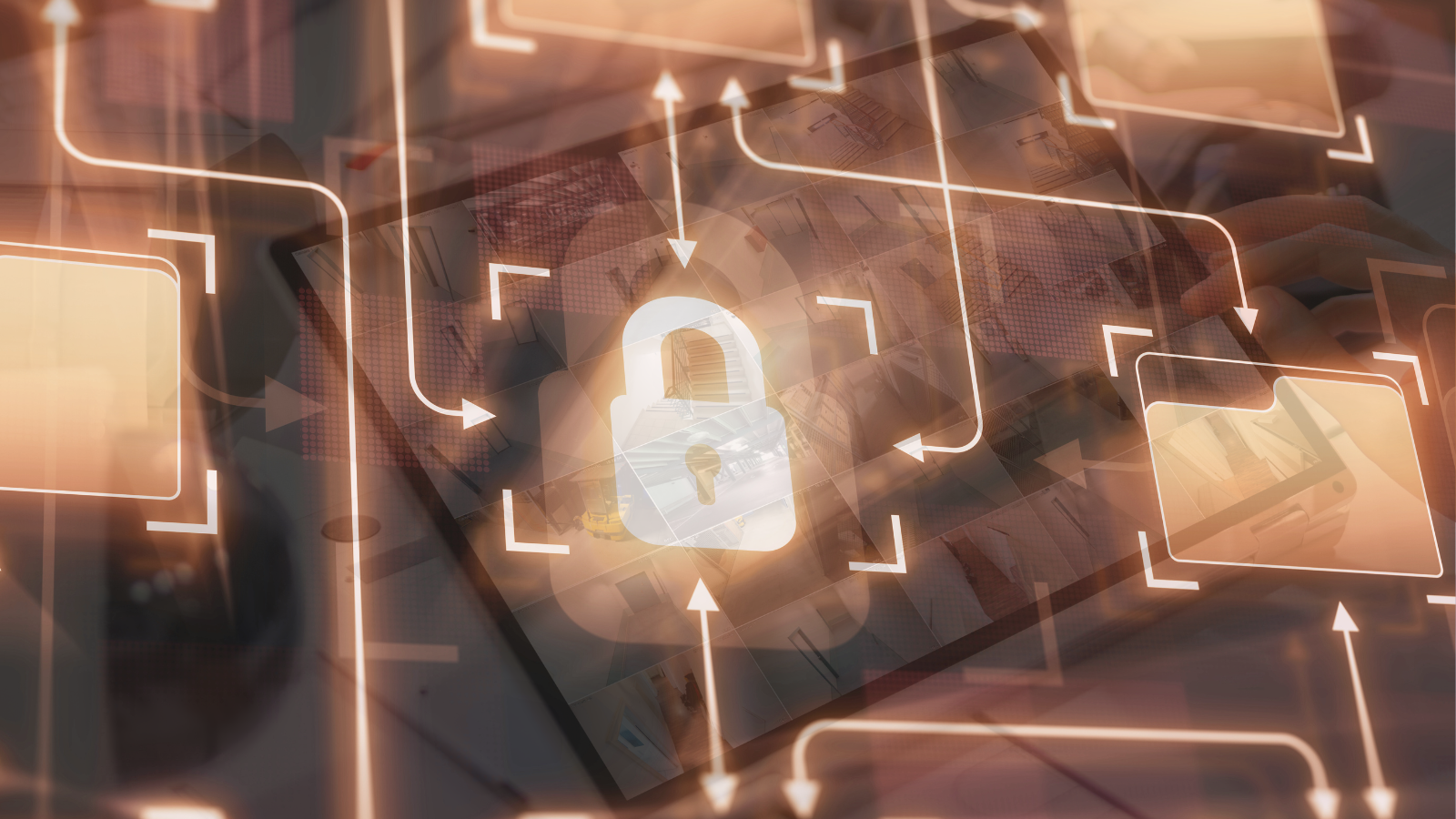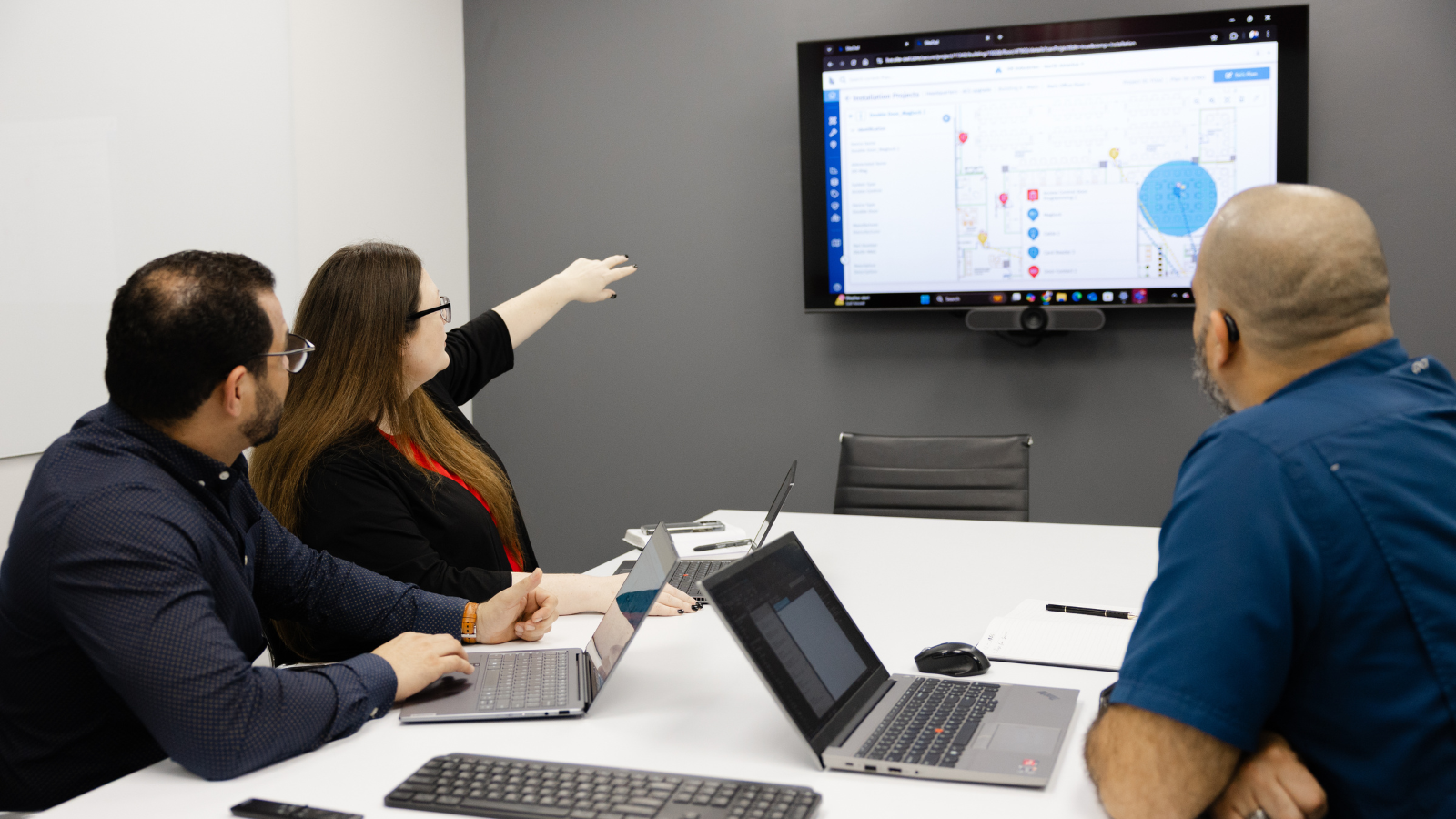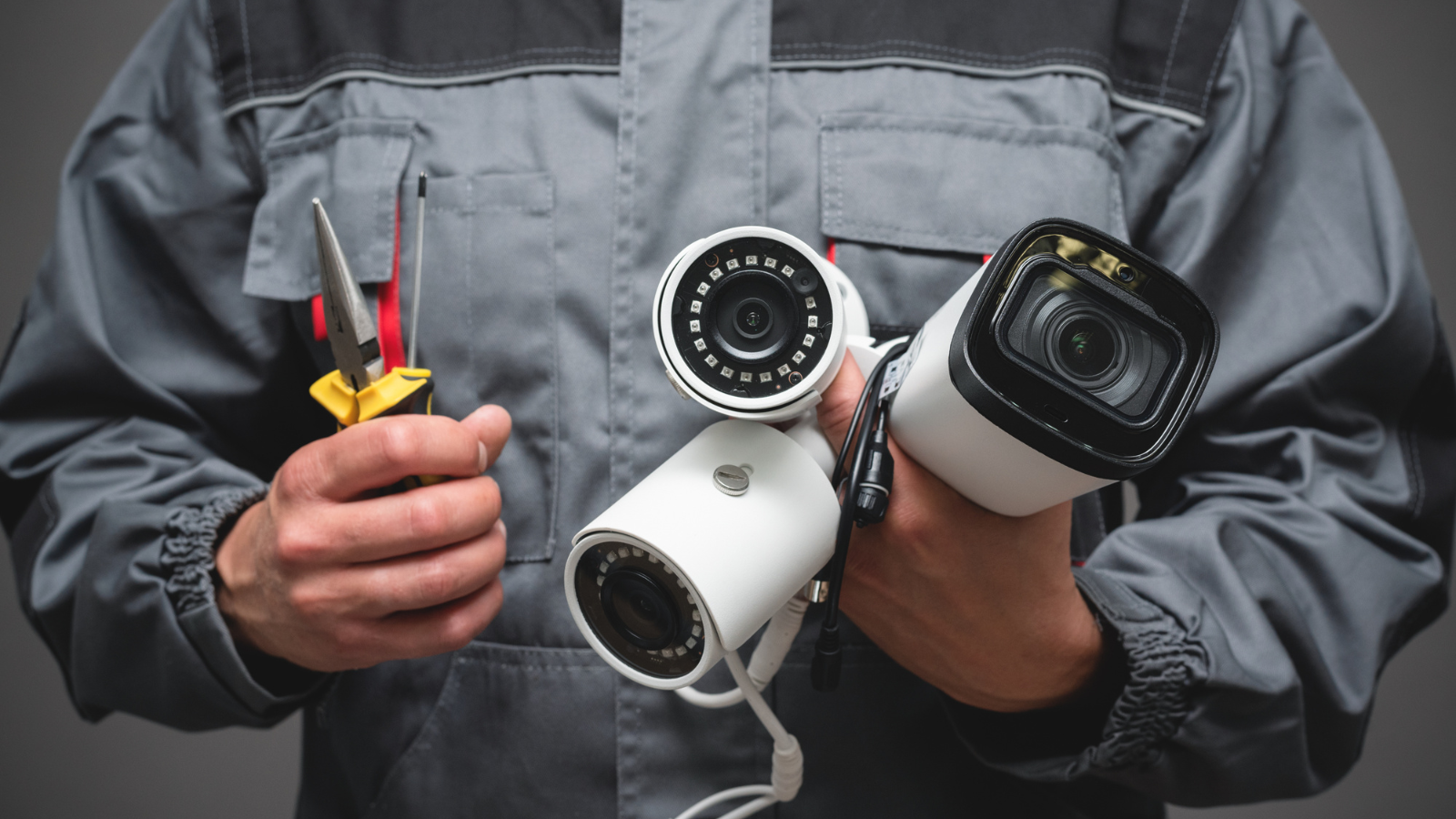Industry analysts forecast that by 2023, the global physical security market will grow to $153 billion. While the future looks bright for security integrators, only those who can use technology to tackle security projects of all sizes and complexity, from local to multi-site installations, will thrive.
As a security integrator, you know that a lot goes into even a standard security installation project. Nonetheless, when you are coordinating security installations for multiple buildings and locations in different time zones and collaborating with several teams, the real challenge begins.
In this article, we will share five keys to effectively managing large-scale installation projects.
- Understand your customer’s needs
- Minimize Scope Creep
- Plan for the unexpected
- Keep the customer informed
- Deliver high-quality work
Key # 1 – Understand your customer’s needs
When it comes to large-scale security installation projects, understanding your customer’s needs is critical. As a captain prepares their crew and equipment for the sea, you should prepare your team before getting started on a large-scale installation project.
The traditional early stages of a new project include:
- Definition-Naturally before starting a project, goals, risk, budget, timescale, etc., have to be defined. (Captain must have a clear destination.)
- Initiation-Perhaps, the most critical stage of any project is because this is where the scope and stakeholder expectations are set. (Captain must know the expectations and how to communicate with key stakeholders.)
- Planning- Planning is the key to a successful project because, as the adage goes, “failing to plan is planning to fail.” (Captain must have a plan.)
It’s easy for details to get lost in the confusion that accompanies the early stages of a new project. So the question is, how do you cover all these stages in a timely and efficient manner. The answer is well-structured project kick-off meetings.
Set the right tone with kick-off meetings
A project kick-off meeting allows you to meet with team members and stakeholders before starting the project to coordinate crucial details. More importantly, it will enable you to set the right tone for the project as it moves into the execution, monitoring, and controlling phases.
Ideally, you want to have your internal kick-off meeting before your external one because you want to get your project team on the same page before executing a sound project plan and going out to sea, as we all know, the sea can be unpredictable.
The internal kick-off meeting aims to define the ground rules and reinforce a proactive work culture with clear expectations.
Of course, good project risk management means that you and your team are continuously identifying, analyzing, prioritizing, and mitigating risks that could affect the project, so the internal kick-off meeting is only the beginning.
The external kick-off meeting is equally as important. It is traditionally held between the project management team and the customer. It is a great opportunity to introduce your key team members to your customer, listen to their expectations, and explain the reporting process to them.
Regardless of whether it is an internal or external kick-off meeting, the primary purpose is the same. A well-run kick-off meeting could lead to successful project completion. Practices that will make your next kick-off meetings more effective include:
- Review your internal process to optimize team cohesion.
- Creating a solid agenda that focuses on minimizing confusion.
- Confirm the basic details of projects with the client before your internal kick-off meeting.
This collaborative approach will help you secure buy-in on critical milestones, discuss your project’s purpose, goals, timeline, and other details, and offer an opportunity for team members to ask questions and clarify any next steps.
Key # 2 – Minimize Scope Creep
Scope creep occurs when a project’s requirements, goals, or vision changes beyond the initial agreement. Across all industries, research shows that the chances of scope creep are high. Scope creep affects nearly half of all projects, only 57 percent of projects come in under budget, and only 51 percent finish on time.
During a large-scale install, one of the leading causes of scope creep is a result of the team losing sight of the project’s scope, usually due to unexpected demands. However, it can also happen when clients require additional features without regard to the time constraints or budget.
Minimize internal change orders (ICOs)
Of course, the changes can also come from within your organization. For example, the kickoff meetings may have succeeded, but large projects have many moving parts. Between supply chain challenges and project management oversight, change is almost inevitable. These internal disruptions trigger Internal Change Orders (ICOs), creating unexpected challenges for security integrators.
ICOs are a reality on most large-scale projects. Thankfully security integrators can minimize their impact by having productive kickoff meetings and performing proper scope due diligence.
Practices that will help your team minimize internal change orders include:
- Ensure proper documentation – Document what is in the scope and highlight specific project goals, deliverables, tasks, costs, and deadlines.
- Emphasize team collaboration – Make sure that your teams can communicate effectively and that information flows optimally.
- Leverage technology – Use a unified platform that lets you capture the entire scope work to help integrators effectively minimize and manage scope creep.
Project managers know that scope creep is inevitable in any project, and preventing it can be difficult. Still, for security integrators, the goal is to control and manage the changes systematically and not let them get you off course.
Key # 3 – Plan for the unexpected
Regardless of the size of the project, security integrators should always be prepared for the unexpected. Large installations often run on a tight schedule, and other external factors such as supply chain issues and labor shortages introduce additional levels of complexity that increase the chances of work stoppage or worse.
Unexpected problems increase overhead and ultimately affect net profits for integrators. Understanding how project delays creep up while managing projects is crucial. Only then will you be able to prevent them from occurring or deal with them effectively:
If a security integrator has done their homework (kickoff meetings, scope due diligence, etc.), most delays will result from either external challenges or internal weakness.
External challenges that create delays
Understanding how delays sneak up while conducting projects is crucial for security integrators, particularly project managers. Only then will they be able to prevent them from occurring or deal with them if they do.
While each market and location has its own set of obstacles that might cause delays, the following are some of the other external factors that cause project delays:
- Customer requests: If the customer requests a change in scope, material change or the project changes direction, that can impact your project timeline. You’ll want to create a change order that documents the customer’s request and approval. This change order will allow you to move forward under the new change in scope.
- Supply chain issues: The effects of supply chain issues affecting the whole security sector are being felt by security integrators. While there is no immediate remedy, integrators are working to mitigate the impact by including alternative solutions in their system designs and maintaining high levels of transparency with customers.
- Labor issues: Although not limited to the physical security industry, labor shortages are a reality that most integrators deal with in this tight labor market. The labor shortage impacts security integrators on both the installation and manufacturing sides of the process.
- Communication hurdles: Communication is always crucial for coordinating a successful large-scale security installation. One way to address the communication challenge is to have all the information in a centralized platform so that all team members are on the same page.
As an integrator, it’s important to keep all information organized. Unfortunately, most security integrators struggle and face project delays because they rely on paper-based records and archaic technologies that cause internal complications.
The bottom line is that when you are managing a large-scale security installation project, you have to streamline operations and be as efficient as possible. Having all information on a centralized platform will simplify the process and improve accuracy, thus reducing the likelihood of delays.
Key # 4 – Keep the customer informed
Project communication is one deliverable that you are personally responsible for and it’s one that has a large influence on your project’s success or failure.
While it’s necessary to communicate with all the project’s stakeholders it is important to note that each individual stakeholder will have their own set of requirements and communication preferences.
Proactively communicate with your customers
Plans are great, but large-scale installations require consistent action and reliable communication. Ideally, each stakeholder is kept up to date throughout the project.
The challenge is that once the project is up and running, managers must devote their attention to managing teams, addressing field difficulties, invoicing, and other tasks.
Furthermore, drawings, equipment schedules, and written scopes of work take up most of the team’s attention, making it easy to overlook client communication. Add to this the fact that large-scale security installations require remote collaboration, and you can easily see the importance of communication.
Centralized reporting improves communication
When it comes to optimizing your communication strategy, digital is the way to go since phone calls and paper-based reports aren’t always reliable.
With the help of a centralized cloud-based platform, integrators can significantly improve project communication by making it easier for team members to have access to accurate information. Furthermore, keeping everyone on the same page during the installation process is more manageable when:
- Project technicians are able to publish real-time updates about the status of the project.
- Track daily productivity and installation quality in real-time.
- Easily connect with technicians and subcontractors.
Key # 5 – Deliver high-quality work
The quickest way to develop a bad reputation in the physical security industry is to overlook quality. For any large-scale installation project to be successful, all personnel involved need to operate as one team. That’s because large-scale installations require a high level of collaboration to address ongoing issues such as:
- Design and engineering conflicts, changes, etc
- Submittal and approval processes
- Permit applications
- Site meetings
- Flow down requirements
Integrators simply cannot rely on outdated methods to inspect the quality of every camera, panel, and door, especially as projects develop in complexity. Instead, the solution is to use a centralized platform that allows integrators to leverage technology and enhance the customer experience.
Manage large-scale installation projects with SiteOwl
One way to ensure high standards and minimize delays is to build a dedicated culture dedicated to technical innovation, collaboration, and providing the maximum level of service. Although this can be accomplished in many ways, leveraging technology is essential.
Effective communication is essential for security integrators to provide results, satisfy project goals, and meet final delivery expectations. Centralized reporting helps integrators simplify installations, track issues, and significantly improve project communication.
SiteOwl keeps your entire team on the same page throughout the security installation project and streamlines communication to ensure your large-scale installation project is completed on time and within budget.
Want to give it a try? Book your live demo today!

Su Subburaj
Su is SiteOwl's CMO and leads all marketing and communications. Su has extensive strategy and management consulting experience and previously consulted for 3Sixty Integrated where she gained an in-depth understanding of digital transformation challenges in the physical security industry. When not working on strategies to expand SiteOwl's footprint, Su enjoys bad karaoke, weightlifting and traveling.




